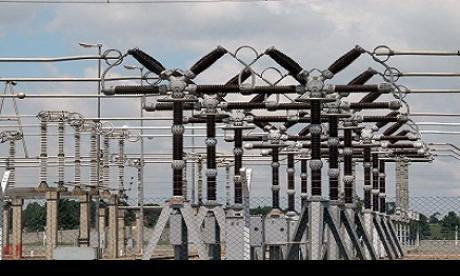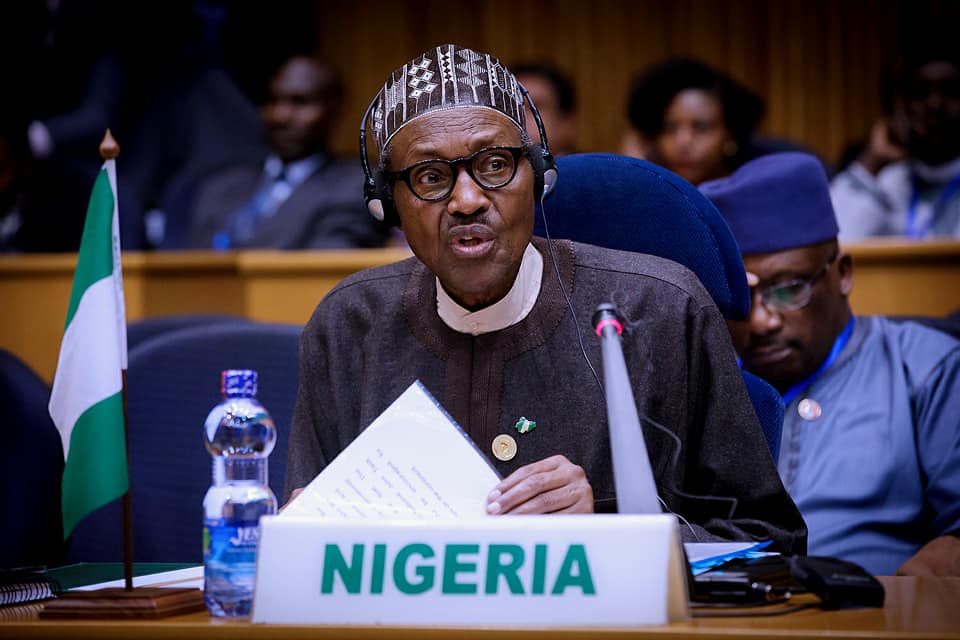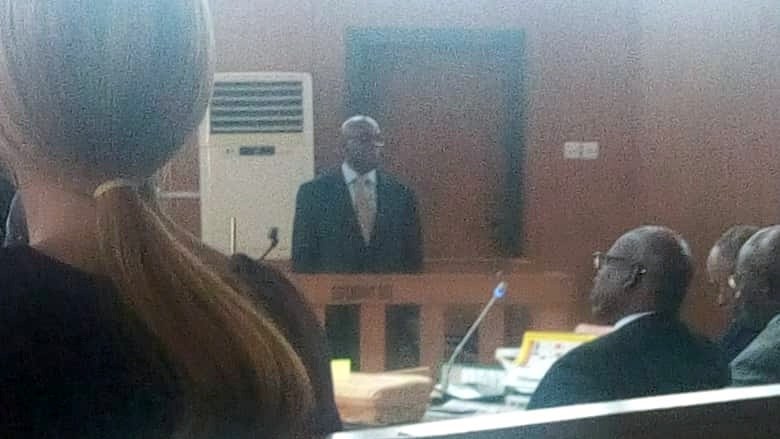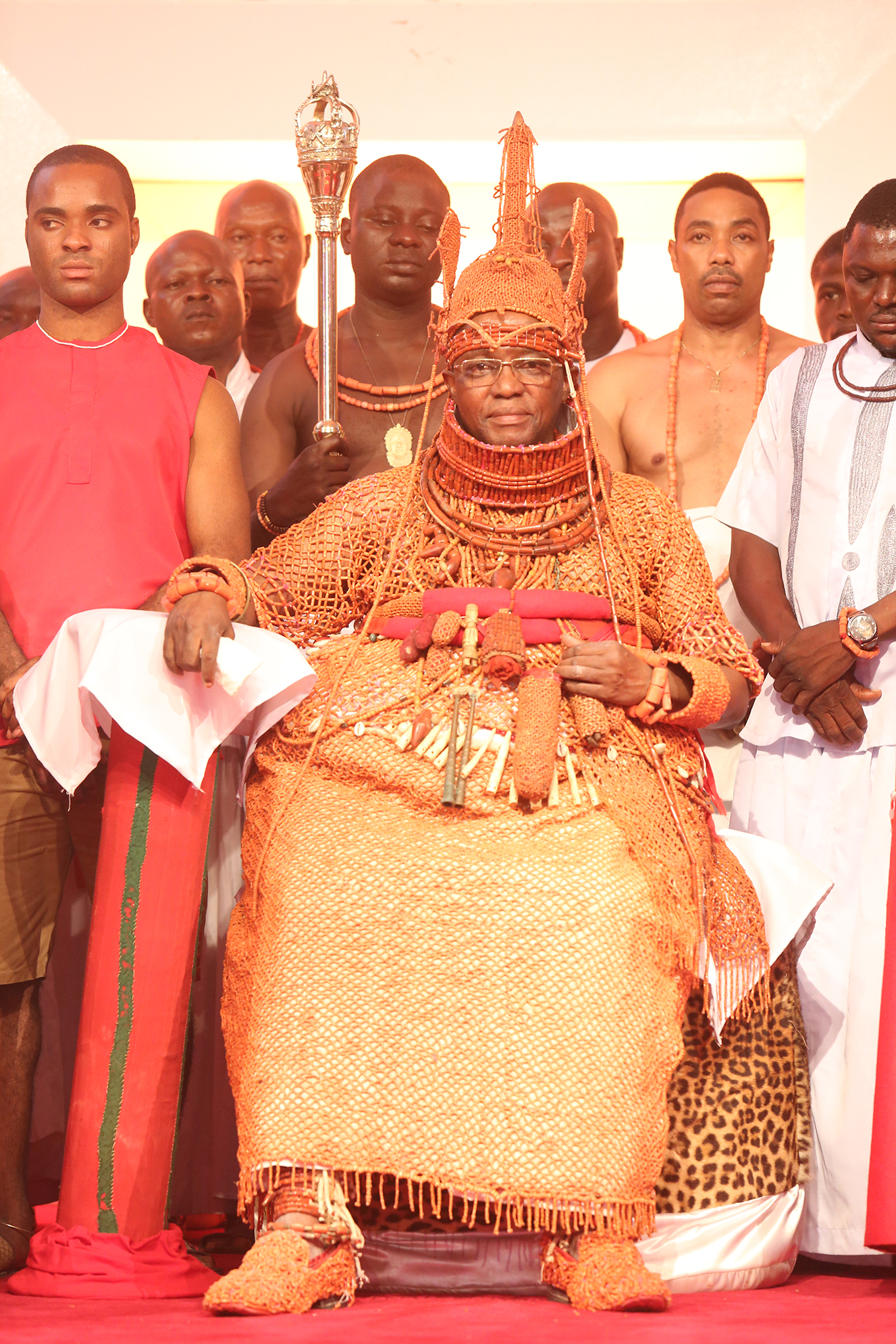• Power generation at less than 50% of 2019 target
• Stakeholders push decision on Siemens to Tinubu
Less than two weeks to the end of President Muhammadu Buhari’s administration, the failure of the much-hyped Nigeria-Germany electricity deal, expected to be implemented by Siemens, re-echoed yesterday, even as the national grid collapsed again, throwing the nation into darkness.
Yesterday’s failure marked the 99th time the grid would crash under Buhari’s two-term administration. He had promised to raise the power performance level to 10,000 megawatts (MW) at the close of his first term in 2019.
But four years after the end of the goalpost, performance is still kneecapped by poor transmission and other challenges to less than 50 per cent of what he promised.
The power supply fell to about 221 megawatts (MW), throwing almost the entire country into darkness.
At about 10:57 am yesterday, the grid, which has collapsed over 130 times since the sector was privatised, went down again, plunging many parts of the country into darkness.
The collapse was reportedly caused by a breaker issue at Shiroro plant, as some distribution companies have reported that their feeders were out of supply due to the development.
The Guardian’s search showed that as at 12 pm, only 221MW, out of the over 4,500MW, which is usually on the grid, was available. Of the over 16 active plants in the country, only three were on the grid at the time, Omotosho was on the grid with 132.90MW, Omotosho NIPP was also on the grid with 78MW while Rivers IPP was on the grid with a generation of 10MW.
Since the electricity sector was privatised in 2013, Nigeria’s Osogbo-based national grid has failed electricity consumers more than 134 times.
According to data sourced from the Nigerian Electricity Regulatory Commission (NERC), grid collapses in 2015 were 10. That rose to 28 in 2016 while 21 cases were recorded in 2017. NERC listed the cases in 2018, 2019, 2020, and 2021 as 13, 11, four and four. Last year, the grid failed seven times among others that were not captured by the Commission.
The Siemens deal, which has been defended vigorously by the President’s team, should have by now, stabilised the electricity supply and unlocked, at least, 11,000MW of electricity to homes and industries.
Launched in 2020 under the Presidential Power Initiative (PPI) and implemented by an emergency company, FGN Power Company, the deal was supposed to increase Nigeria’s electricity generation to 25,000 MW in six years.
In the first stage, the pact was expected to improve the country’s grid operational capacity from less than 5000 MW to 7000 MW by 2021, increase capacity to 11,000 MW by 2023 and achieve total operational generation and national capacity of 25,000 MW by 2025, two years from now. The agreement was also to save Nigeria over $1 billion yearly.
The Federal Government, last year, disclosed that 10 power transformers and 10 mobile substations would have been completely delivered and installed this month. But the promises were below previous projections and never improved the grid performance.
The project scope of the transmission segment states that there are 10 units of 60MVA, 132/33kV mobile substation transformers, seven units of 60MVA, 132/33kV substation transformers and three units of 100MVA, 132/33kV transformers. Under the PPI, it is expected that 1,320MVA of bulk power transmission capacity would be added to the national grid to ensure that consumers benefit from the improved power supply.
Speaking with The Guardian on the Siemens power deal, Electricity Analyst, Lanre Elatuyi, said COVID-19 was partly blamed for the delay in execution, with some other issues surrounding the commercial framework of the deal and the buy-in of other market players.
Elatuyi said that the incoming administration would determine if the stalled implementation process would continue or not.
“Siemens power deal, though was promising but the reality is obvious to everyone, the timelines have passed and we can only defer to the coming administration on if the deal will continue or not,” he said.
With the promises on the deal still elusive, Elatuyi said in the face of the recent constitutional amendment on the state electricity market, there might not be a need for further investments in the national grid by the Federal Government.
Buhari came into power promising to turn around the despondent state of the nation’s electricity sector, which has held economic development by the throat, but the promises remained a mirage as the power supply hovers around 4,500MW.
The Guardian had contacted the Chief Technical Officer of FGN Power, Idowu Oyebanjo, but he had not responded as of press time.
While the generation capacity stands at about 13,000MW, transmission and distribution bottlenecks have kept supply below par. Generating companies said that Nigeria could generate 30,000MW by 2030 with 3,000MW coming from renewable sources and 27,000MW from power plants.
AaAccording to the World Bank, over 80 million Nigerians, translating to about 37 per cent, do not have access to grid electricity.
In 2016, President Muhammad Buhari said his administration had set a target of delivering 10,000 megawatts of electricity generation in his first tenure
Also, in his 2020 New Year message, he referenced the deal with Siemens signed on July 22, 2019, expressing his commitment to delivering a more efficient power sector.
The Minister of Power, Abubakar Aliyu, as of June 2022, attributed the nation’s inability to produce up to 5,000 megawatts of electricity to a lack of gas supplies, roughly a month after the ministry pledged that the nation’s electricity generation would reach 5,000mw.
While addressing the National Economic Council (NEC) retreat held at the State House, Aliyu said this year alone the administration would add 2000 megawatts to the national grid
Executive Director, Research and Advocacy, Association of Nigerian Electricity Distributors (ANED), Sunday Oduntan said the industry is still in its infancy and may not be best to compare the country with countries that have had their power sector privatized for long, noting that consistency in progress matters in delivering the promise of a stable and steady electricity.
“The state of the power sector in Buhari’s administration has been a transition process, a system is as strong as its weakest link, those links have been strengthened, we have seen an increase in tariff to levels that are more cost-reflective for the players in the market, new rules being enforced by the regulator such as the NERC KPIs given to the industry players which has led to improved efficiency within the industry and higher levels of protection for the customer, over the space of time, we have seen drives aimed at metering via the NMMP initiative where about 1M customers were metered for free, we are not there yet but we are getting closer to where we need to be,” he said.
Speaking on the challenges and what needs to be fixed for Nigeria to experience improved power supply, Oduntan revealed that access to cheap funds for infrastructural development, the time required to carry out upgrades by extensions, receipt of funds for value supplied, and customers who bypass prepaid meters which continues to hamper the rate at which returns can be made on investments are challenges and possible solutions.
On the role of Discos for possible improvements on the current state of 4000MW, Oduntan said, “DisCos are the last mile supplier of electricity to the customer, regardless of other failures upstream, their role is important; they are the face of the industry and are the ones known to the customer, one big role to play is to ensure that so long as there is supply to the network, the customers can receive a safe and consistent supply, this undoubtedly involves a lot of work which include infrastructural upgrades, having adequate and experienced staff on the ground to resolve faults and also being proactive with stocking of fast-moving materials and supplies amongst others,”
Principal Action Coordinator, Joint Action Platform for Electricity Consumers Right, Ayodele Olawoye, said noncompliance and adherence to rules and orders by the Discos is a major hindrance to the government and regulatory commission’s efforts to stabilize power supply, though the commission and government lack non-enforcement and monitoring.
Adding that, if Buhari recently signed a bill allowing the state government to generate power had been done earlier, the government target on megawatt could have been partially met.
“Presently, DisCos’ role is against the stability of Electricity Power Supply, as we are aware that the Electricity Power Sector comprises three sub-sectors which are Generation, Transmission, and Distribution which will receive the generated MW from the Transmission and distribute to commercial, domestic and industrial users, but the DisCos will at times refuse to collect its power allocation from the Transmission putting the later into losses, and the consumers into the darkness to achieve the DisCos greedy and exploitation plans.
“Candidly speaking, DisCos present role negates the government plans for stable electricity supply to consumers, therefore, the present numbers of Electricity Distribution Companies have to be increased to allow for competition in the sub-sector,” he added
Olawoye further said power generation which is the main source of energy could have been standardized to the extent of having different sources of power generation in addition to present sources allowing states and more private participation in power generation, transmission, and distribution which could have solved 55 per cent to 65 per cent of the electricity power problem.
He advised the government to look for serious indigenous and foreign technical expertise, noting that Discos must improve its services by replacing outdated and worn-out equipment and accessories, in a nutshell, they should jointly or individually build their power transmission, and meter customers’ premises
While Nigeria lags, South Africa’s per capita is 0.946 from a population of 61,402,013, according to Worldometer elaboration of the latest United Nations data. The country’s generation capacity stands at 58,095MW.
Ghana’s per capita is 0.143 from a current population of 32,889,699, based on Worldometer elaboration of the United Nations as its electricity generation capacity stands at 4,710MW.
Despite the failure in the sector, in March 2017, Federal Government approved the sum of N701 billion as a power assurance guarantee fund for the Nigerian Bulk Electricity Trading Plc to pay for the electricity produced by the generation companies for two years, provided the fund to tackle the monthly liquidity challenges faced by generation companies, following the inability of power distributors to adequately meet their obligations in terms of remittances to the sector.
Also, the Central Bank of Nigeria (CBN) secured a fund of N600 billion, which the government provided as payment for an assurance facility to the sector in 2019.
Besides the direct interventions from the Federal Government, the sector has also received funding from international financiers such as the World Bank, African Development Bank, and Power Africa, among other development partners.
THEGUARDIAN






